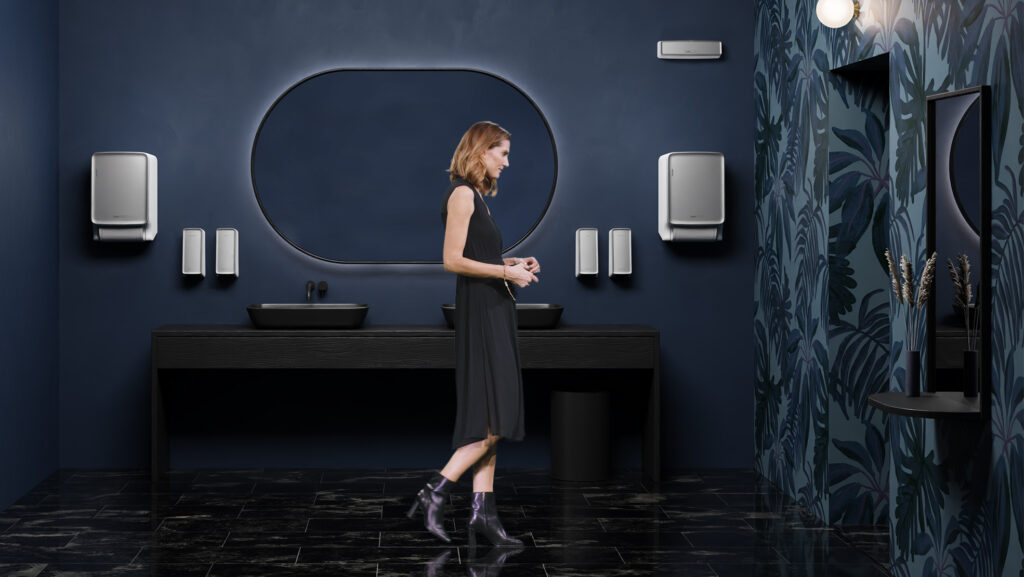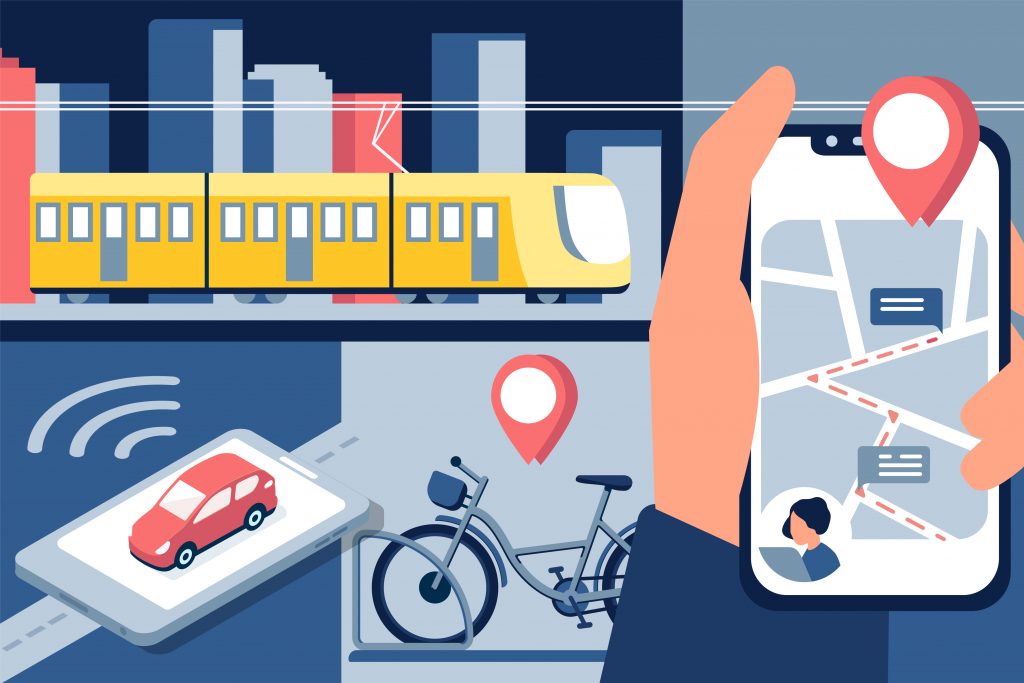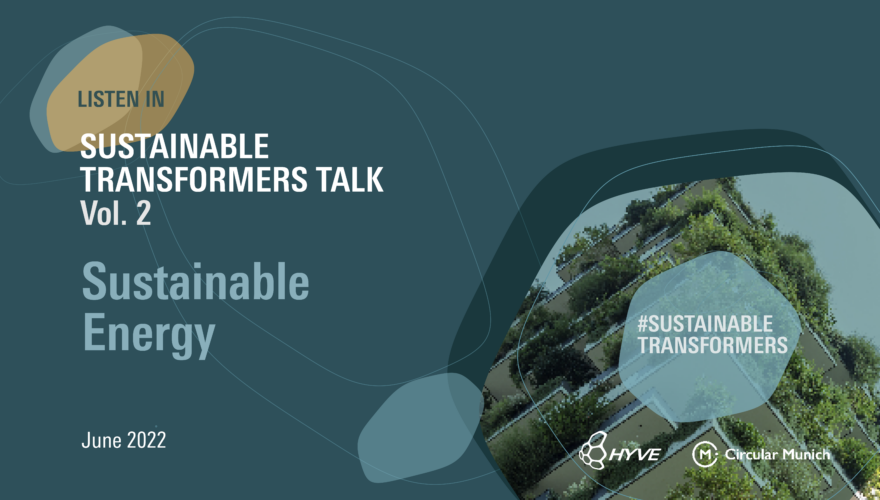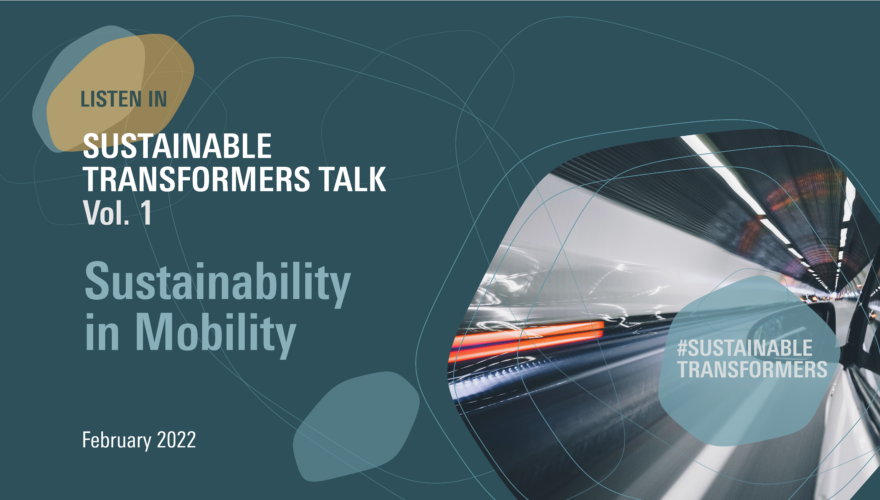For companies around the globe, the message from the 26th UN Climate Change Conference (COP26) was clear: connect your business strategy with sustainability goals for future success. In conclusion, those who do not take climate action will fall behind. Similarly, the World Economic Forum has listed “climate action failure” as the number one global risk by severity.
Therefore, it is not surprising, that more and more businesses have implemented a wide range of sustainability measures in recent years. What was remarkable, however, was the rapidly increasing adoption rate in recent years.










